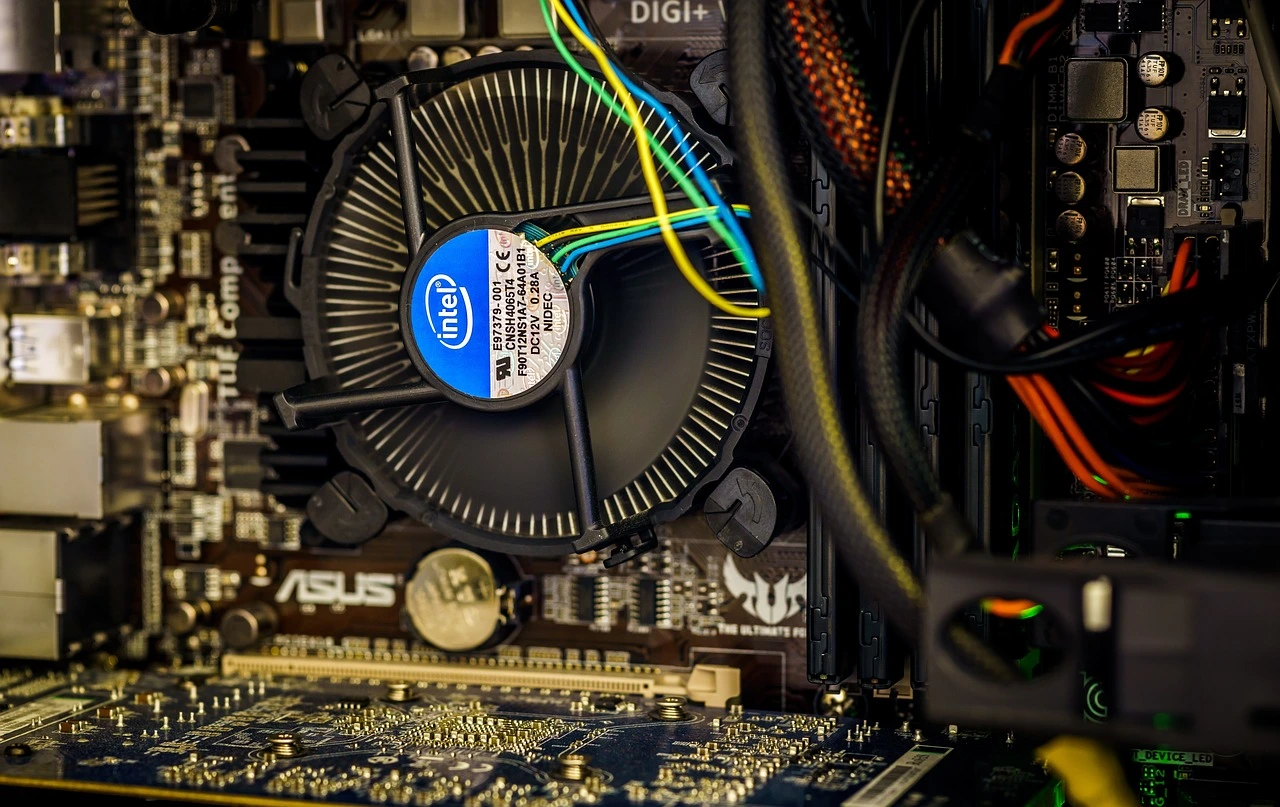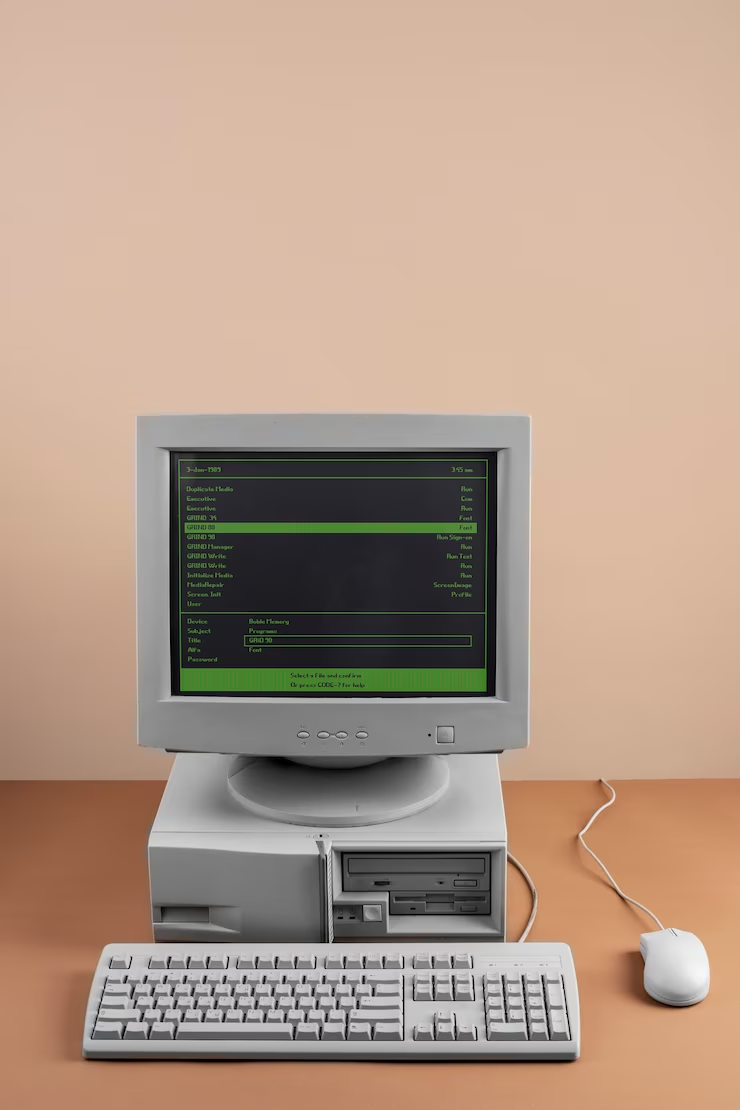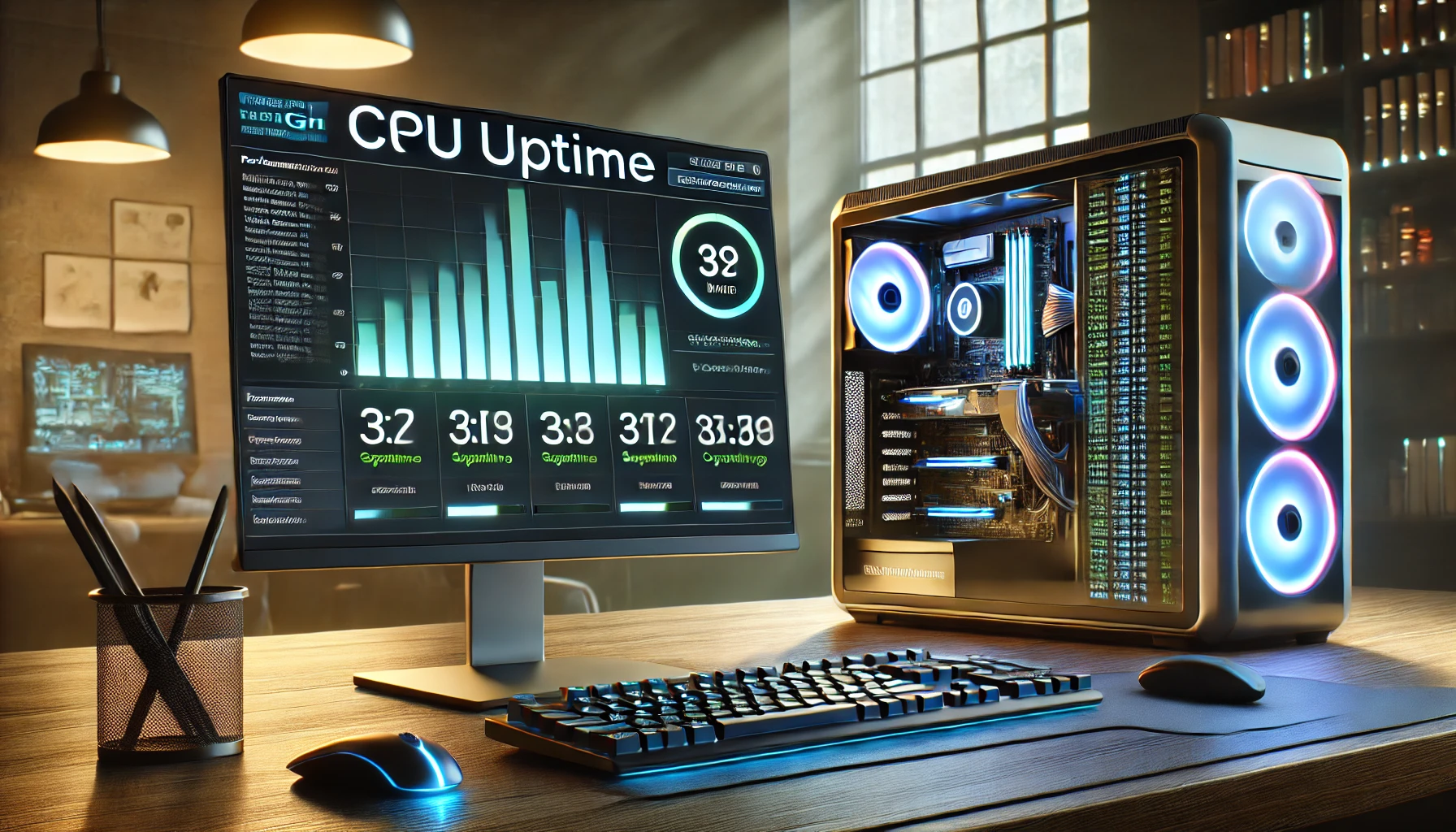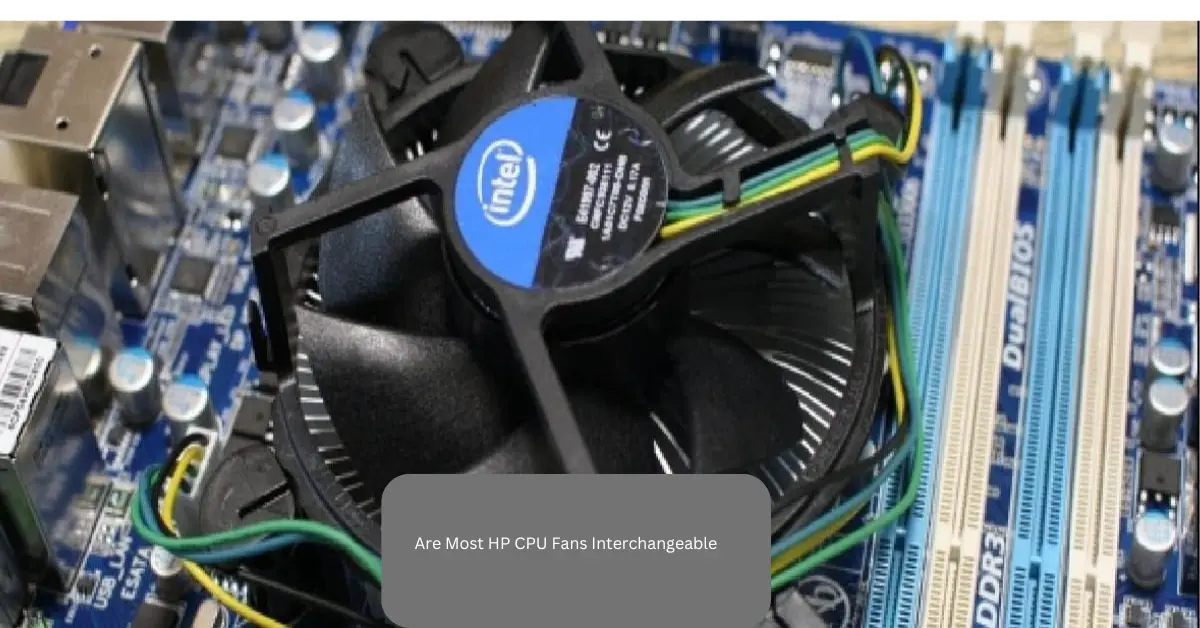Introduction
One common question How Tight Should the CPU Cooler Be? Correct tightness is critical for effective heat transfer, preventing hardware damage, and maintaining optimal CPU performance. This article discuss the factors to consider when tightening a CPU cooler, the risks of overtightening or under-tightening, and how to achieve the perfect balance for your cooling setup.
The CPU cooler should be tight enough to fully touch the processor for good heat transfer but not too tight to avoid damage. Follow the manual, tighten screws evenly, and stop when they feel secure
Read more about Do I Need to Reinstall Windows with a New CPU?

- Why Proper Tightness Matters for CPU Coolers
- The CPU cooler’s primary role is to remove heat from the processor, and its effectiveness relies on a secure connection between the cooler’s base and the CPU surface. Proper tightness ensures the following:
- Optimal Thermal Contact
- An adequately mounted CPU cooler ensures maximum surface contact, allowing for efficient heat transfer. The high-quality thermal paste helps fill tiny gaps between the CPU and a more extraordinary base, preventing air pockets that reduce thermal conductivity. Balanced tightness distributes pressure evenly, minimizing the risk of uneven cooling or overheating.
- Avoiding Hardware Damage
- Excessive tightening can stress the CPU die, damage the motherboard, or deform mounting brackets. Conversely, insufficient tightness can create gaps, leading to poor heat transfer and overheating. Maintaining the correct pressure prevents these issues and ensures the CPU and cooler operate safely and efficiently.
- This balance is crucial for achieving optimal cooling and maintaining the longevity of your components.
Read more about cpu vrm switching frequency auto or fixed
- How Tight Should a CPU Cooler Be?
- Properly fitting a CPU cooler is essential for keeping your processor cool and safe. The cooler should be neither too tight nor too loose to work efficiently.
- The Goldilocks Zone: Not Too Tight, Not Too Loose
- The cooler should be tight enough to touch the CPU’s surface to remove heat effectively and thoroughly. If it’s too tight, it can damage the CPU, motherboard, or screws. If too loose, gaps can form, leading to poor cooling. Finding the right balance ensures good performance without risking damage.
- Hand-Tightened Screws
- Tighten the screws by hand for better control. Use a crisscross pattern (tighten screws diagonally one by one) to make sure the cooler is even on the CPU. Stop tightening when the screws feel snug and resist turning further. Forcing the screws may damage the parts.
- Manufacturer Guidelines
- Always check the instructions for the CPU cooler. Some coolers recommend exact pressure or turning levels for best performance. These guidelines will help you avoid mistakes and get the best cooling results.
- By securing the CPU cooler correctly, you can keep your system running cool and protect your hardware from overheating or damage.
- Read more about Can I Use Higher Frequency RAM Than CPU?
Over-Tightened CPU Cooler
Signs of Over-Tightening
- The motherboard appears bent or warped due to excessive pressure.
- Installing other components, like RAM or GPUs, becomes difficult because of misalignment.
- The CPU socket or mounting area may crack or become damaged.
Risks of Over-Tightening
- It puts undue stress on the CPU die, leading to cracks or reduced performance over time.
- It may cause permanent damage to the motherboard or cooler, increasing the risk of long-term hardware failure.
Properly tightening the CPU cooler prevents these issues and keeps your system safe.
Under-Tightened CPU Cooler
Properly securing a CPU cooler is essential for maintaining efficient heat dissipation. An under-tightened cooler can cause poor thermal performance and hardware instability.
- High CPU Temperatures: The processor heats up quickly, even during light tasks, as the cooler cannot effectively transfer heat.
- Loose or Wobbly Cooler: The cooler may move or shift when touched, indicating it is not firmly attached to the CPU.
- Uneven Thermal Paste Application: The thermal paste may not spread properly, leaving air pockets that reduce heat transfer efficiency. These gaps compromise cooling performance and can cause uneven temperature distribution.
Read more about How Much Gold is in a CPU?
Uneven Thermal Paste Application: The thermal paste may not spread properly, leaving air pockets that reduce heat transfer efficiency. These gaps compromise cooling performance and can cause uneven temperature distribution.
Read more about How Much Gold is in a CPU?
Risks of an Under-Tightened Cooler
- Inefficient Cooling: Poor contact between the cooler and CPU results in inadequate heat transfer, causing the processor to overheat and throttle its performance to prevent damage.
- Potential Overheating: During heavy workloads, the CPU may exceed safe temperature limits, leading to shutdowns, instability, or permanent damage if the issue persists.
To avoid these problems, ensure the cooler is properly tightened to achieve secure contact with the CPU while maintaining even pressure.
Read more about Do I Need to Reinstall Windows with a New CPU?
Steps to Achieve Proper Tightness
- Prepare the CPU Surface
- Clean the CPU and cooler surfaces with isopropyl alcohol.
- Apply an appropriate amount of thermal paste (pea or thin line method).
- Align the Cooler Properly
- Position the cooler carefully to avoid smudging the thermal paste.
- Tighten Screws Evenly
- Use a crisscross pattern to tighten screws gradually.
- Hand-tighten until snug, but do not overtighten.
- Check for Secure Fit
- Ensure the cooler doesn’t move when gently nudged.
- Monitor CPU Temperatures
- After installation, monitor temperatures under load to confirm efficient cooling.
Read more about What Temperature is Too Hot for a CPU?
- After installation, monitor temperatures under load to confirm efficient cooling.
Tools for Proper Cooler Installation
- Screwdriver
- Use the screwdriver recommended by the more incredible manufacturer.
- Torque Screwdriver
- It is ideal for precise tightening, especially for premium coolers.
- Thermal Monitoring Software
- Tools like HWMonitor or Core Temperature help verify cooling performance.
- Tools like HWMonitor or Core Temperature help verify cooling performance.
Common Mistakes to Avoid
- Using Too Much or Too Little Thermal Paste
- Excess paste can spill over and act as an insulator.
- Too little paste reduces thermal conductivity.
- Skipping Manufacturer Guidelines
- Ignoring torque recommendations can lead to improper installation.
- Rushing the Installation Process
- Take your time to ensure alignment and even pressure.
Read more about Do I Need Both 8-pin CPU Power Connectors?
- Take your time to ensure alignment and even pressure.
Cooling Solutions and Tightness Considerations
Air Coolers
- Air coolers typically use screws or brackets for mounting. Tightening should be even to avoid uneven heat distribution.
Liquid Coolers (AIOs)
- Liquid coolers often have a mounting plate that distributes pressure. Follow specific torque recommendations to avoid leaks or damage.
Custom Loop Systems
- For custom loops, secure the block with precision tools to ensure proper tightness without damaging sensitive components.
Read more about Is Warzone CPU or GPU Intensive?
FAQ
1. Can overtightening damage my CPU?
Yes, excessive pressure can crack the CPU die or warp the motherboard.
2. How do I know if my cooler is too loose?
It may be too loose if the cooler feels wobbly or your CPU temperatures are unusually highse.
3. Do all coolers require the same tightness?
No, different coolers have unique installation requirements. Check the manufacturer’s manual for guidance.
4. What happens if the thermal paste is uneven?
The uneven paste can create air pockets, reducing heat transfer efficiency.
5. Should I recheck the tightness after a while?
Yes, especially after transportation or prolonged use. Vibrations may loosen screws over time.
Read more about How to Monitor CPU Fan Speed!Complete Guide

Conclusion
Getting the proper tightness for your CPU cooler is essential for achieving optimal cooling performance and preventing hardware damage. You can ensure a secure and efficient installation by following the manufacturer’s guidelines, using a crisscross tightening pattern, and monitoring CPU temperatures. Remember, the right tightness for your CPU cooler is all about balance—not too tight, but snug enough to maintain complete contact.




